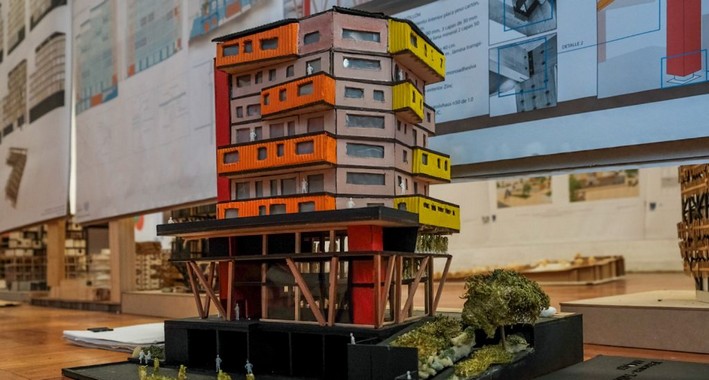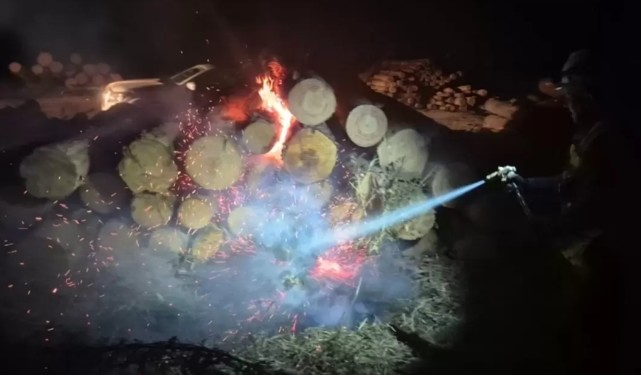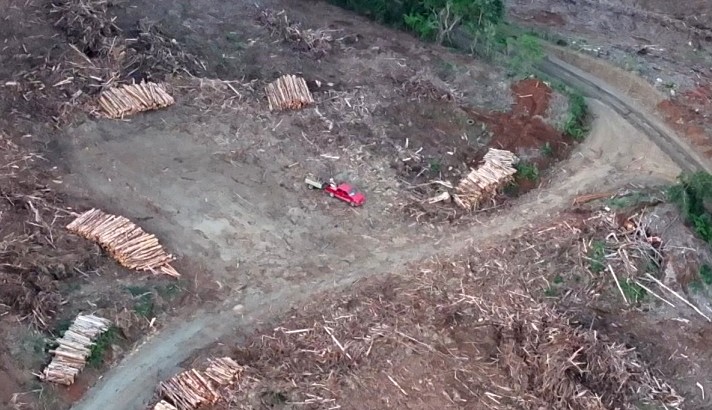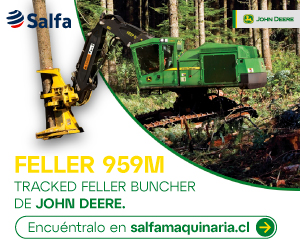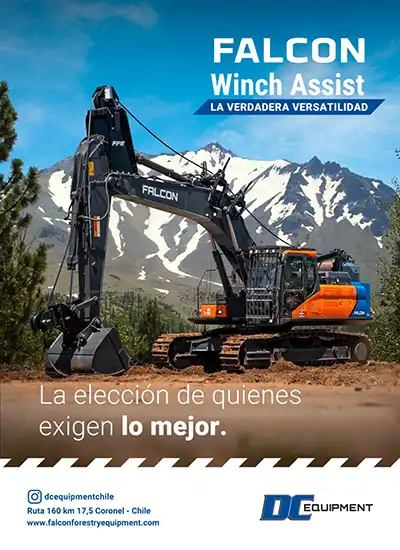Valparaíso Dresses in Green: Innovation in Sustainable and Food-Related Building
In an effort to combat the lack of green spaces and the challenges posed by climate change, the Department of Architecture at the Federico Santa María Technical University (USM) presented a pioneering project aimed at the ruralization of cities.
The initiative, led by the Extreme Architecture Unit and developed by 4th and 5th-year students, proposes the construction of high-rise buildings using engineered wood, with spaces dedicated to high-tech plant-based food production.
Pedro Serrano, director of the Extreme Architecture Unit, emphasizes that the goal is to rethink the relationship between the city and the countryside, integrating food production directly into urban architecture. "Our cities continue to consume hectares of farmland, reducing CO2 retention capacity. With current technology, we can efficiently grow food in the city using resources like hydroponics and aeroponics, with minimal water usage," explains Serrano.
Proposal for Green and Edible Buildings
The proposal includes residential towers with balcony gardens, high-rise greenhouses, and edible facades, as well as buildings that combine housing, commerce, and agriculture. Materials such as CLT (cross-laminated timber) and GLT (glued laminated timber) will be used, capable of supporting high-rise structures and high-tech crops. Additionally, LED lighting technologies, solar photovoltaic systems, and modules adaptable to changing climates will be integrated.
Impact on Climate Change and Quality of Life
The initiative not only aims to provide a local food source but also plays a crucial role in fighting climate change and improving urban quality of life. Buildings with vegetation will contribute to air oxygenation, CO2 capture, and the promotion of biodiversity, in addition to combating the urban "heat island" effect.
The Ravines of Valparaíso
Valparaíso, with only 0.6 m² of green areas per inhabitant, has great potential in its non-urbanized ravines. Serrano sees them as a key resource to integrate as productive and environmental heritage, which would require an ambitious plan and citizen commitment.
The vision of an edible city, though it may still seem like a dream, is a step toward realizing ideas that can address current challenges. High-rise construction with engineered wood aligns with global trends in sustainable architecture, marking a possible future for Valparaíso and other cities worldwide.


